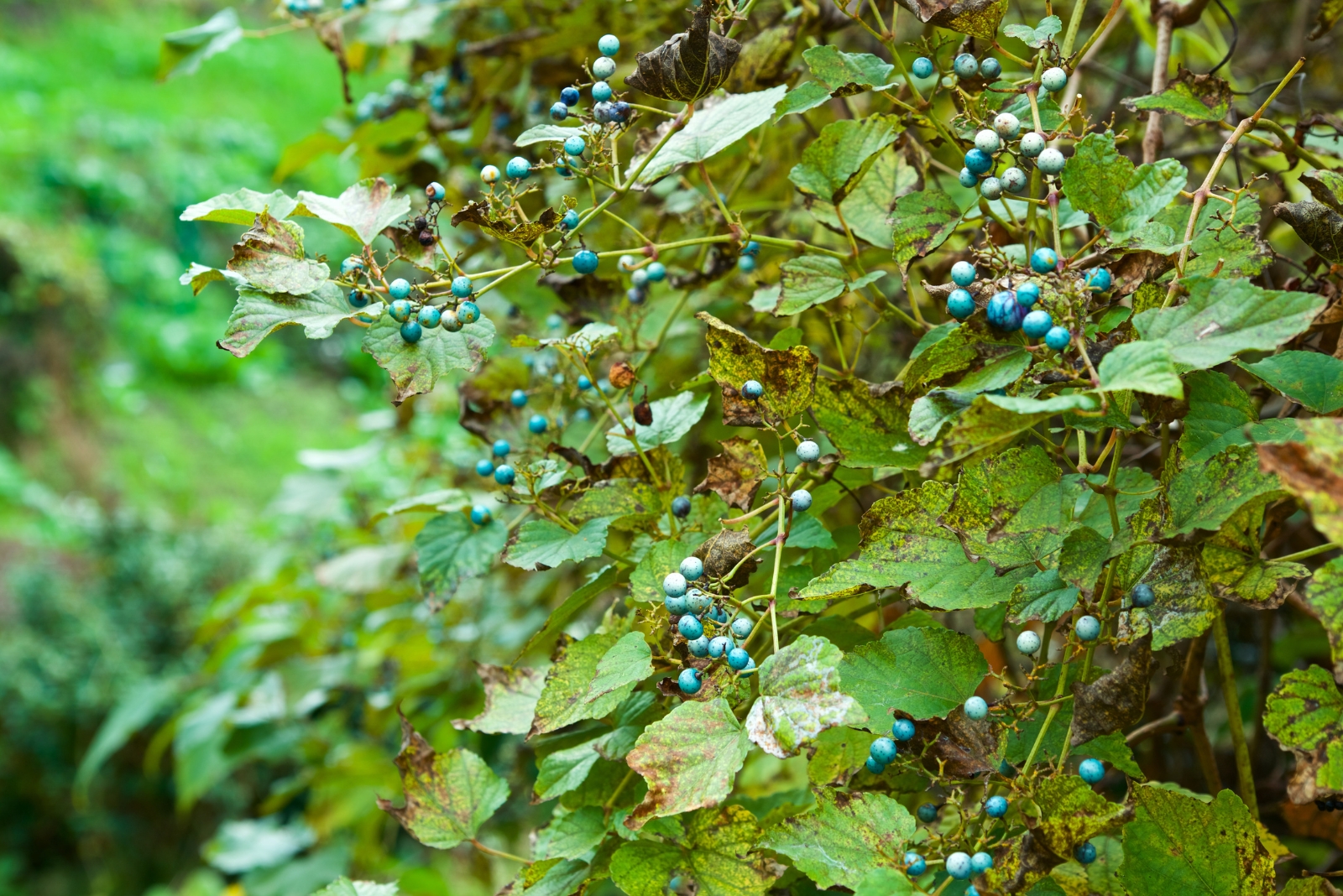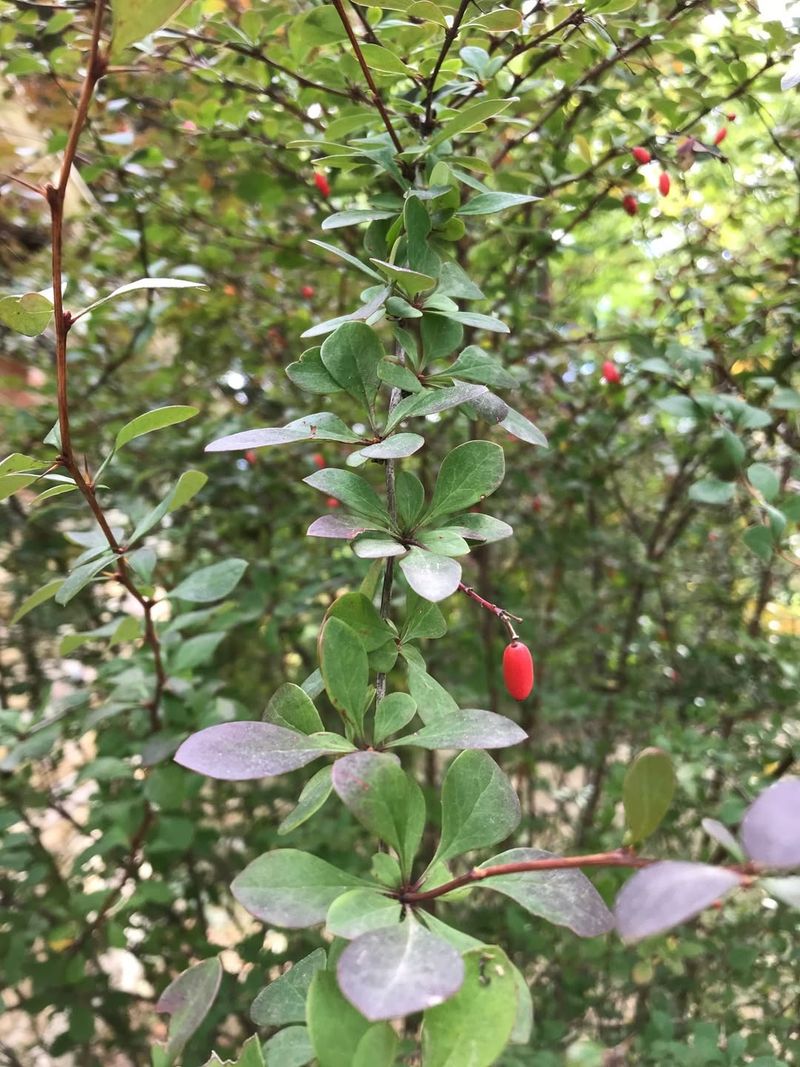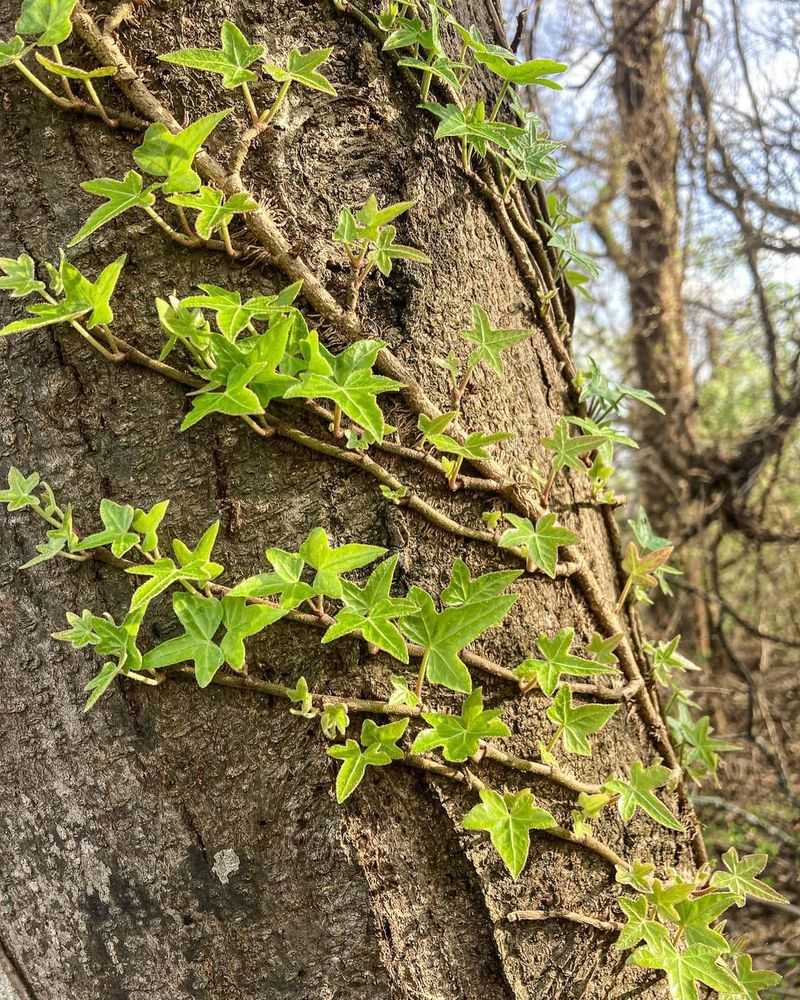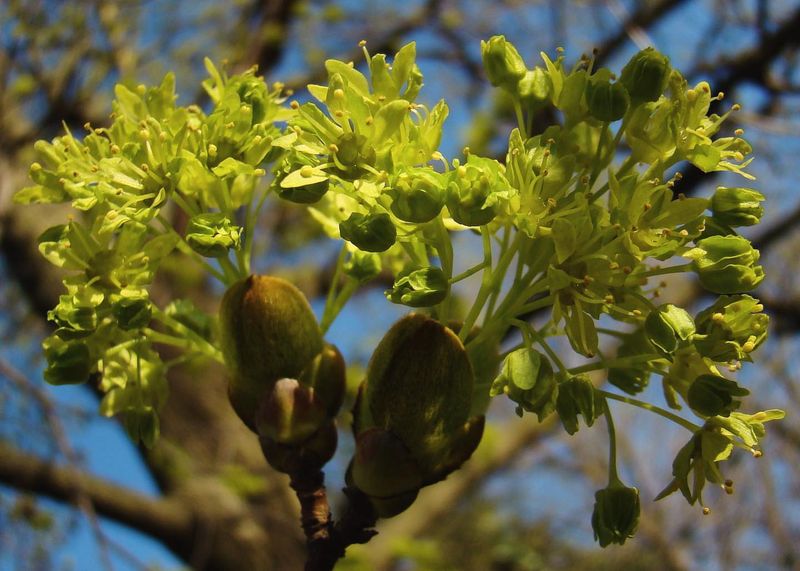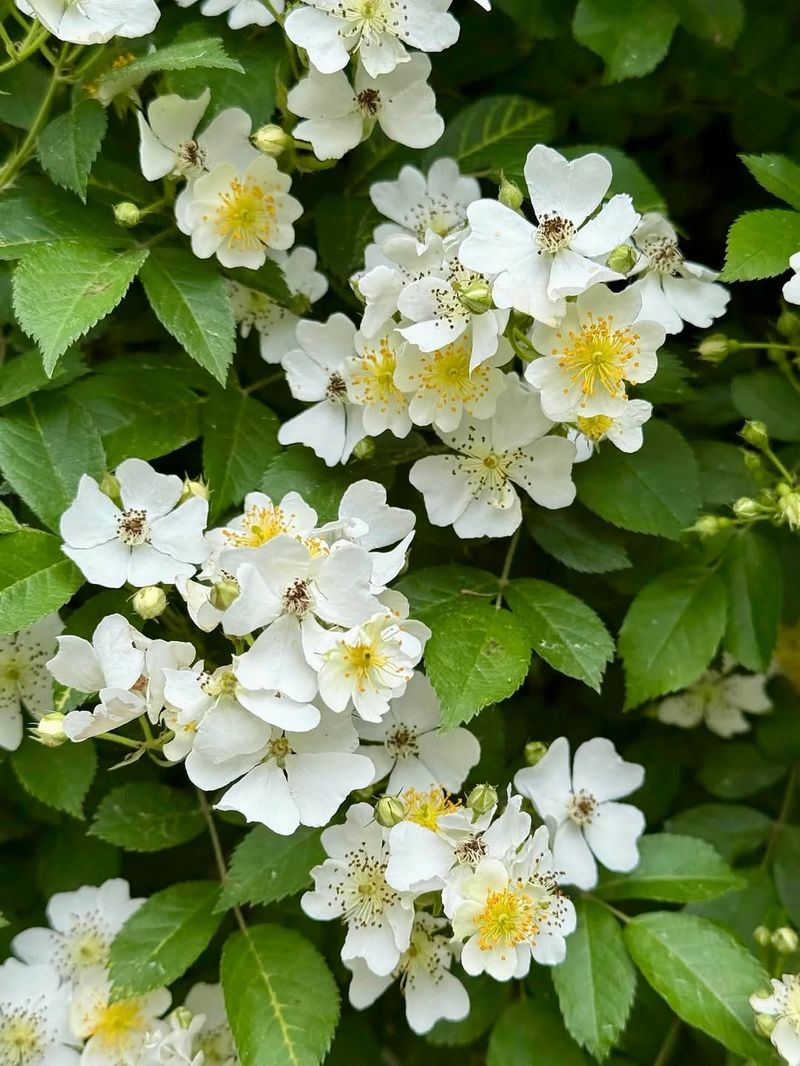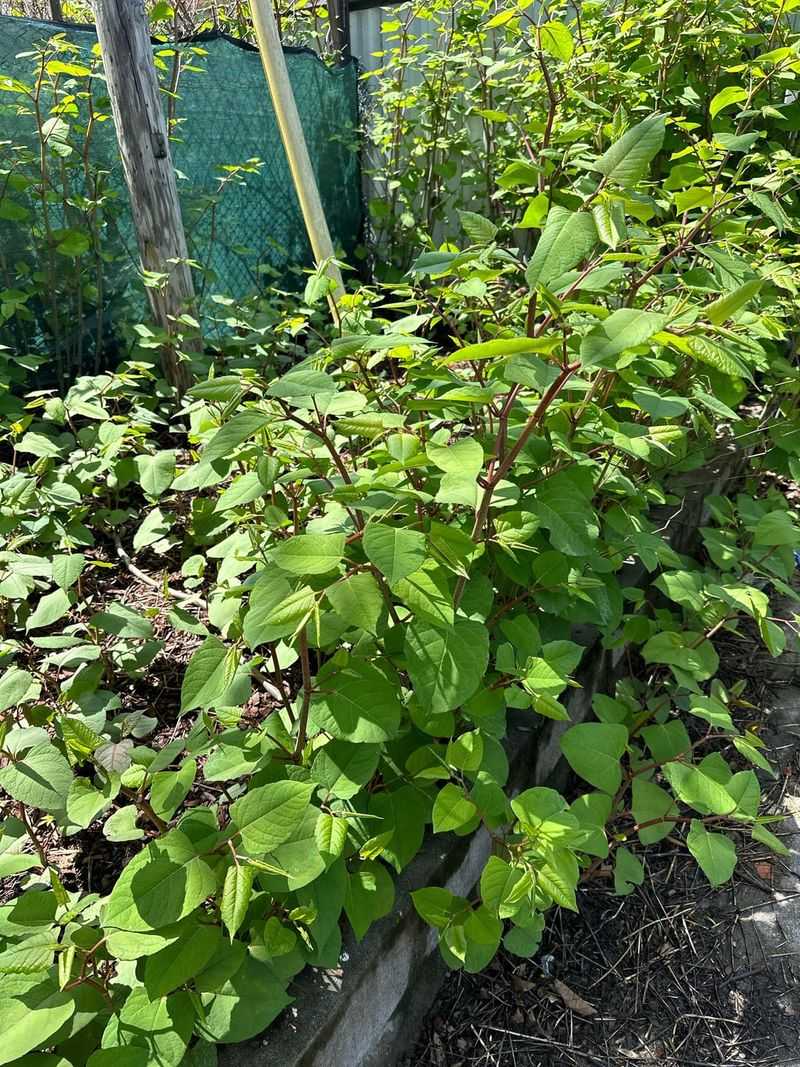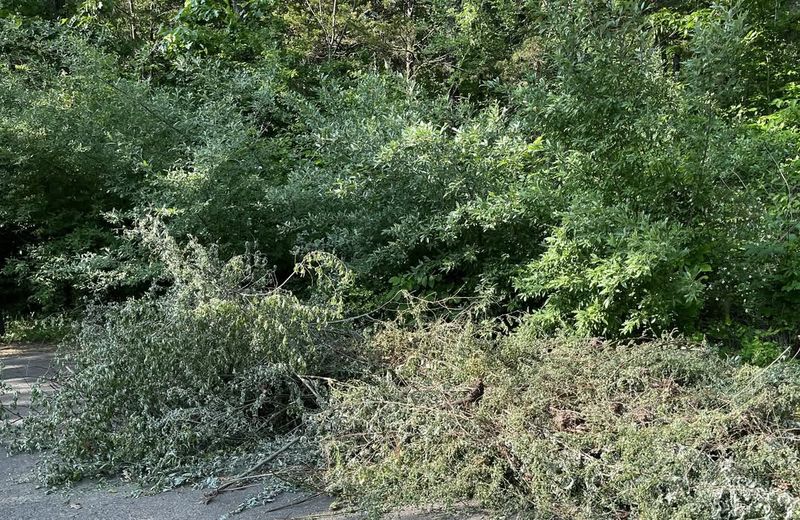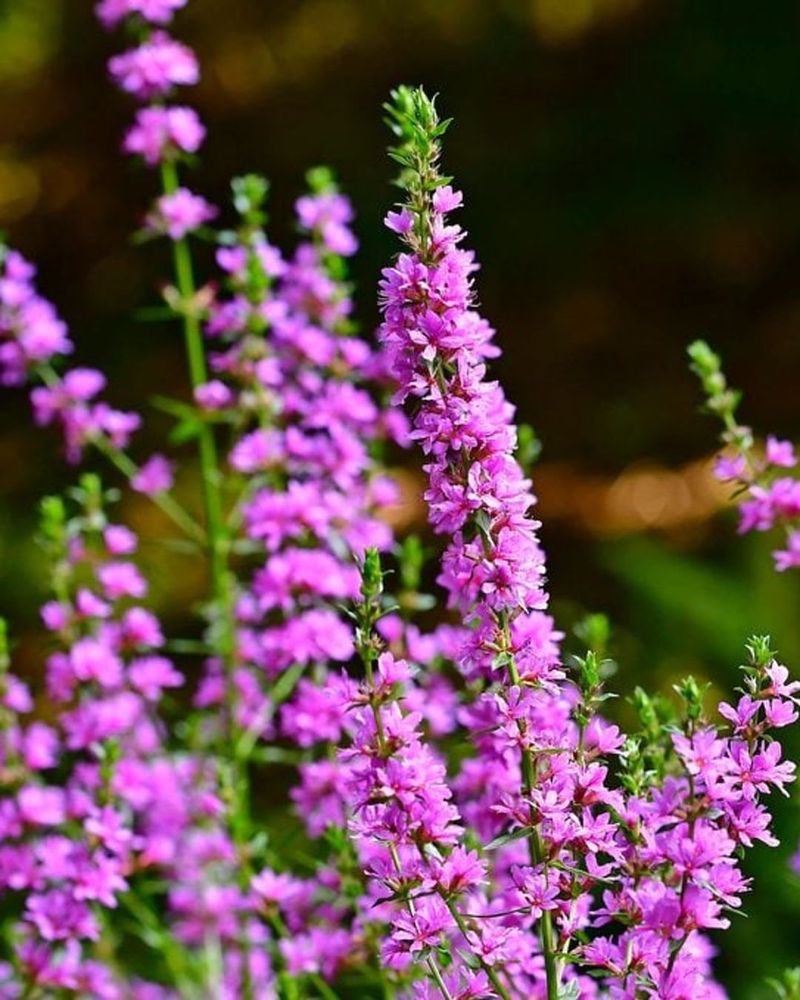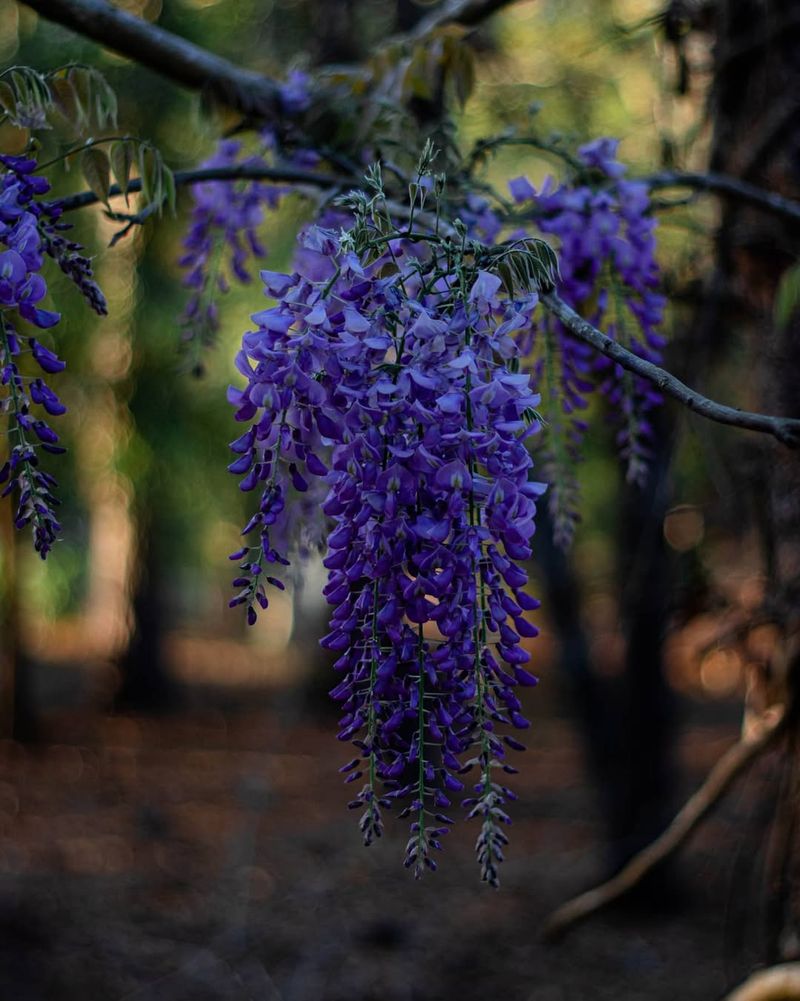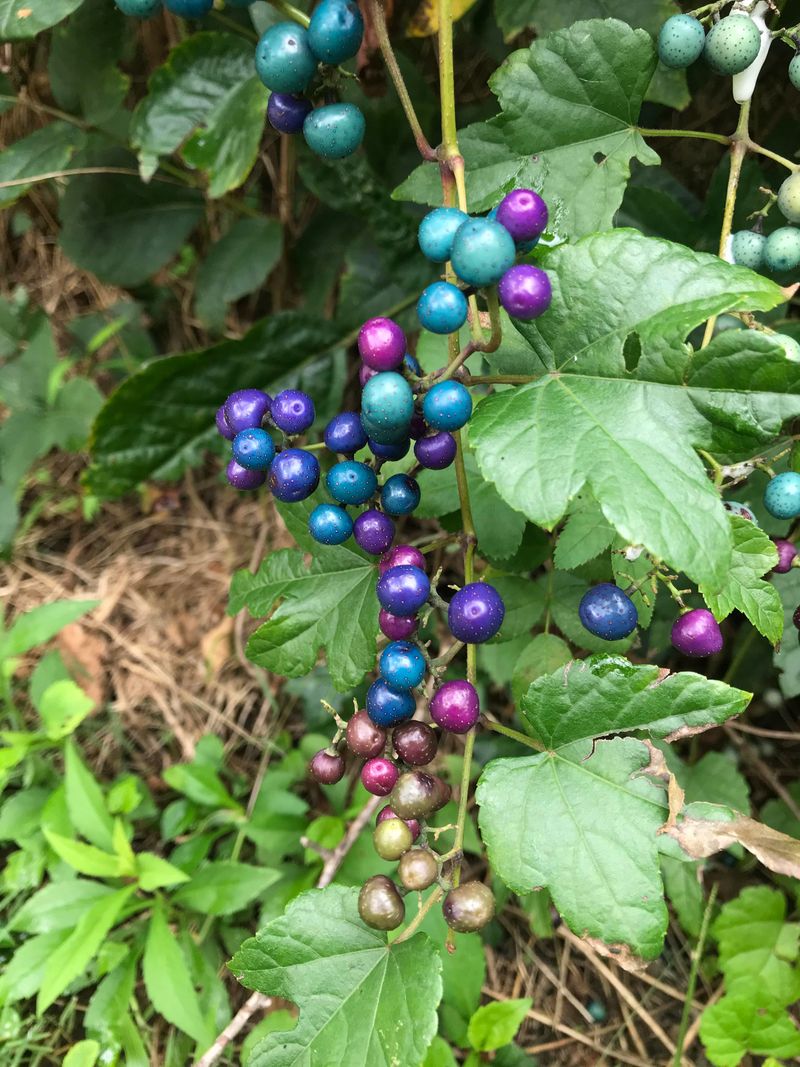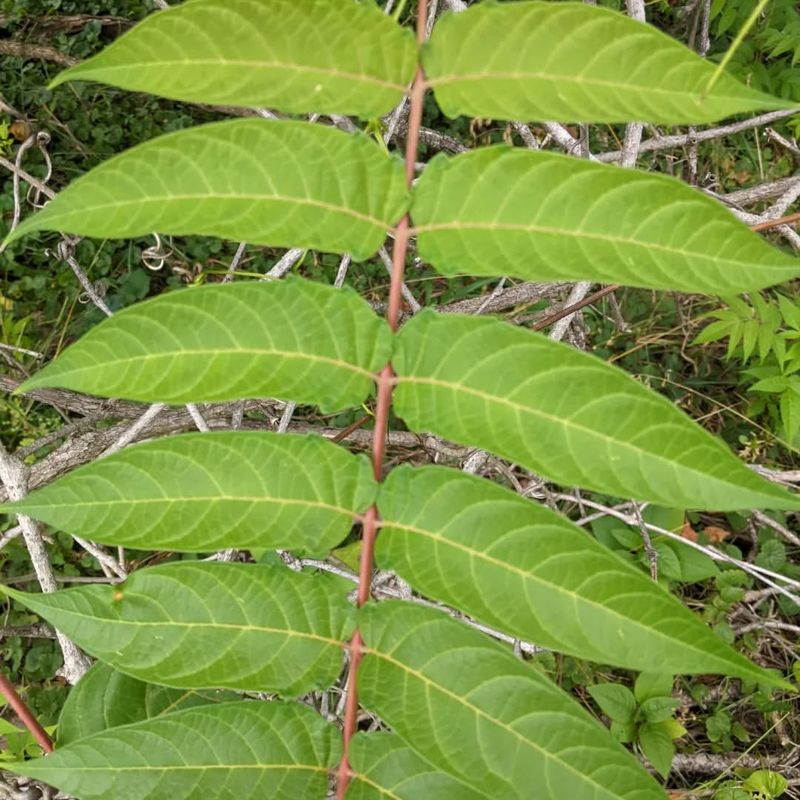New Jersey suburbs could look very different soon if some invasive plants get the boot. These aggressive growers crowd out native beauty and take over fast.
Spotting them early helps you stay ahead of new rules and protect your garden’s balance. Plus, it’s a good excuse to refresh your yard with something better.
1. Japanese Barberry
Homeowners across New Jersey love this shrub for its colorful fall leaves and bright red berries. Unfortunately, Japanese barberry creates perfect hiding spots for ticks that carry Lyme disease, putting families and pets at risk.
The plant spreads rapidly through local forests, choking out native wildflowers and young trees. State environmental experts are seriously considering restrictions because of its impact on both public health and ecosystems.
If you have this plant in your yard, consider replacing it with native alternatives like inkberry holly or winterberry.
2. English Ivy
You’ve probably seen this climbing vine covering walls, fences, and trees all over New Jersey neighborhoods. English ivy might look charming, but it actually strangles trees by blocking sunlight and adding dangerous weight to branches.
Birds spread the seeds into nearby forests where it forms thick carpets on the ground. Native spring flowers can’t grow through these dense mats, disrupting food sources for butterflies and other pollinators.
Many Garden State communities are already encouraging residents to remove it and plant native Virginia creeper instead.
3. Norway Maple
Drive through older New Jersey neighborhoods and you’ll spot these massive shade trees lining countless streets. Norway maples grow fast and tolerate pollution, which made them popular with town planners for years.
Their extremely dense shade prevents anything from growing underneath, creating plant deserts in yards and parks. Seedlings pop up everywhere, invading forests and pushing out native sugar maples and oak trees.
Many New Jersey towns have stopped planting them, and a statewide ban could follow soon.
4. Multiflora Rose
Believe it or not, farmers in New Jersey once planted this thorny shrub on purpose to create natural fences for livestock. Those good intentions backfired spectacularly as the plant spread like wildfire across the state.
Sharp thorns make hiking trails nearly impossible to navigate, and the dense tangles crowd out berry bushes that wildlife depends on. A single plant produces thousands of seeds that birds scatter everywhere.
Environmental agencies consider it one of the worst invasive species in New Jersey, and stronger regulations are likely coming.
5. Japanese Knotweed
This bamboo-like plant grows so aggressively in New Jersey that it can crack through concrete driveways and damage house foundations. Homeowners often discover it taking over their yards after purchasing properties.
Japanese knotweed spreads through underground roots that can travel 20 feet in all directions. Even tiny root fragments left in soil will sprout into new plants.
Getting rid of it costs thousands of dollars and takes years of effort. State officials are considering strict bans to prevent further spread throughout Garden State communities.
6. Autumn Olive
Conservation groups once promoted this shrub throughout New Jersey for erosion control and wildlife food. The silvery-green leaves and red berries looked perfect for landscaping projects along highways and developments.
Unfortunately, autumn olive became too successful, forming dense thickets that block native plants from sunlight. Birds prefer native berries that provide better nutrition, but they’re forced to eat these instead.
New Jersey environmental managers now spend significant resources removing it from state parks and natural areas. Homeowners may soon face restrictions on planting it in suburban yards.
7. Purple Loosestrife
Garden enthusiasts brought this beautiful purple-flowering plant to New Jersey because of its stunning display in wet areas. The tall magenta flower spikes create gorgeous scenes along streams and ponds.
Each plant produces millions of seeds that spread through water and wind. Purple loosestrife takes over wetlands where ducks, frogs, and turtles need native plants for food and shelter.
New Jersey has already restricted sales in many areas, but tougher enforcement may be coming. Native swamp milkweed and Joe-Pye weed offer similar beauty without the environmental damage.
8. Chinese Wisteria
Those gorgeous purple flower clusters hanging from porches and pergolas across New Jersey hide a darker side. Chinese wisteria grows with incredible strength, wrapping around trees and eventually killing them by cutting off nutrients.
The vines can snap large tree branches and pull down structures with their weight. Once established, the plant sends out runners that pop up dozens of feet away.
Many New Jersey homeowners struggle to control wisteria that previous owners planted decades ago. State botanists are pushing for sales restrictions to protect forests from further invasion.
9. Porcelain Berry
The rainbow-colored berries on this vine look almost too pretty to be real, with shades of blue, purple, pink, and white. New Jersey gardeners initially planted porcelain berry as an ornamental conversation piece.
Birds absolutely love the berries and spread seeds throughout forests and parks. The aggressive vine climbs over everything, smothering native plants and young trees in a matter of months.
Environmental groups in New Jersey now spend considerable time removing it from nature preserves. Banning this plant would help protect the state’s remaining wild spaces from further damage.
10. Tree of Heaven
Despite its angelic name, this fast-growing tree causes headaches for New Jersey property owners everywhere. Tree of Heaven sends up shoots through cracks in sidewalks, driveways, and even basement floors.
The roots release chemicals that poison surrounding plants, creating dead zones where nothing else can grow. It also serves as the preferred host for spotted lanternflies, another invasive pest plaguing the state.
Many New Jersey municipalities already require property owners to remove these trees. A statewide ban would give officials stronger tools to prevent their spread in suburban neighborhoods.

